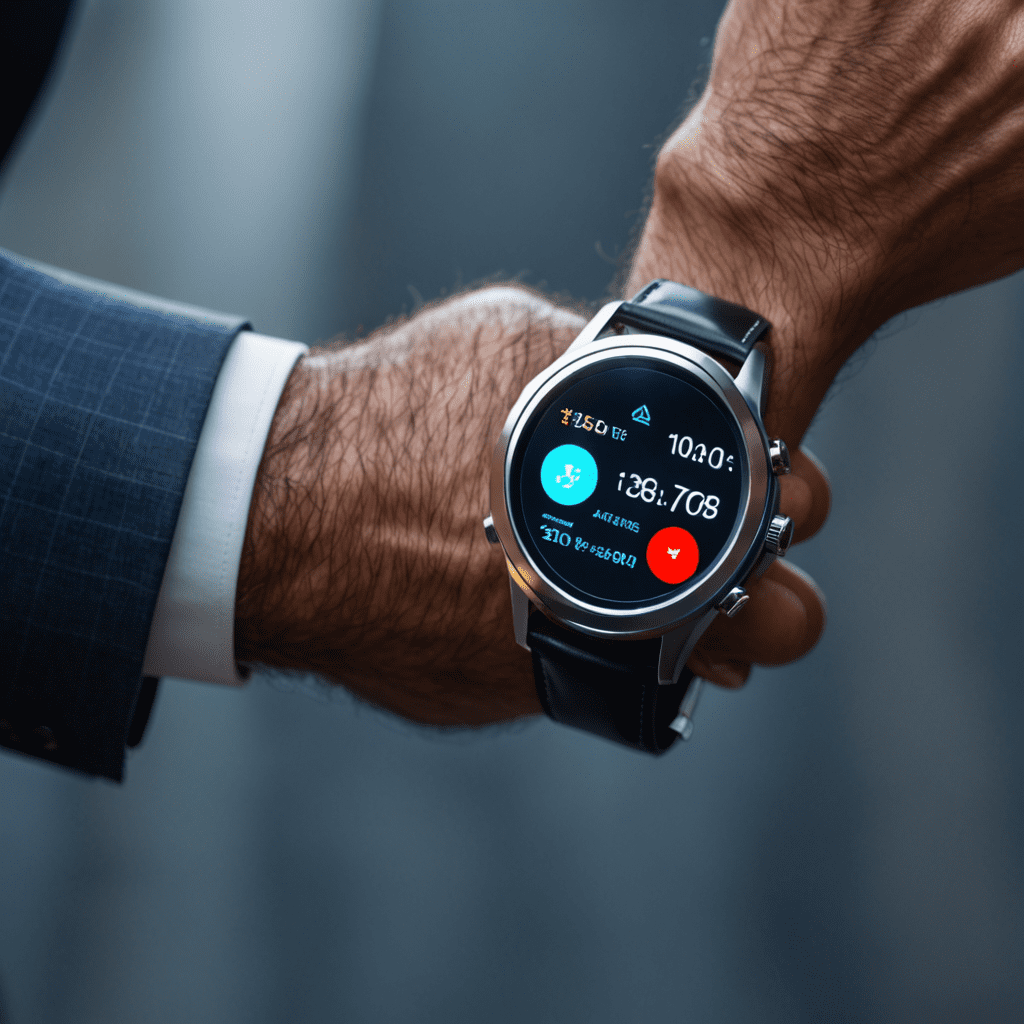
Wearable Tech and Personal Air Quality Monitors: Monitoring Pollution Exposure
The Importance of Monitoring Air Quality
Pollution is a significant global concern impacting our health and well-being. From industrial emissions to traffic fumes, the air we breathe can contain harmful pollutants. Monitoring air quality is crucial to understanding potential health risks and taking necessary precautions.
Introducing Wearable Technology
Wearable technology, such as smartwatches and fitness trackers, has evolved beyond counting steps. Now, these devices can monitor a range of health metrics, including air quality. Wearable air quality monitors offer a convenient way to track pollution exposure in real-time.
How Do Personal Air Quality Monitors Work?
Personal air quality monitors use sensors to measure pollutants like particulate matter, volatile organic compounds, and carbon monoxide in the surrounding environment. These devices provide users with instant feedback on air quality levels, empowering them to make informed decisions to protect their health.
Benefits of Wearable Air Quality Monitors
The advantages of wearable air quality monitors extend beyond awareness. By tracking pollution exposure throughout the day, users can identify trends and potential triggers for respiratory issues or allergies. This data can also help individuals adjust their activities or routes to minimize exposure to harmful pollutants.
Applications in Daily Life
Wearable air quality monitors are useful for various settings, from urban commuters monitoring pollution levels during their daily travels to outdoor enthusiasts checking air quality before embarking on a hike. Additionally, individuals with respiratory conditions like asthma can benefit from real-time alerts on air quality changes.
Future Implications and Innovations
As technology continues to advance, the integration of personal air quality monitors into everyday devices may become more prevalent. This innovation could lead to a better understanding of how pollution impacts individual health and inform public policy decisions aimed at improving air quality on a larger scale.
Empowering Individuals through Knowledge
By embracing wearable technology and personal air quality monitors, individuals can take an active role in safeguarding their health from the adverse effects of pollution. Awareness, coupled with data-driven insights, enables informed choices that contribute to a healthier environment and a better quality of life for all.
FAQs about Wearable Tech and Personal Air Quality Monitors
What is Wearable Technology for Monitoring Pollution Exposure?
Wearable technology refers to devices that can be worn on the body to monitor various health-related parameters, including air quality. These devices are equipped with sensors that can detect pollutants in the air, providing real-time data to users.
How do Personal Air Quality Monitors Work?
Personal air quality monitors use sensors to measure various pollutants in the surrounding air, such as particulate matter, volatile organic compounds, and gases like carbon monoxide. These monitors then analyze the data and provide users with information about the air quality in their immediate vicinity.
What are the Benefits of Using Personal Air Quality Monitors?
Personal air quality monitors allow individuals to track their exposure to pollutants on a day-to-day basis. By monitoring air quality in real-time, users can make more informed decisions about outdoor activities, indoor air purification, and overall health management.
Are Wearable Air Quality Monitors Accurate?
The accuracy of wearable air quality monitors can vary depending on the quality of sensors and calibration. While these devices may not be as precise as professional-grade equipment, they still provide valuable insights into pollution levels in the immediate environment.
How Can Personal Air Quality Monitors Help Improve Health?
By tracking air quality data regularly, individuals can identify patterns of


